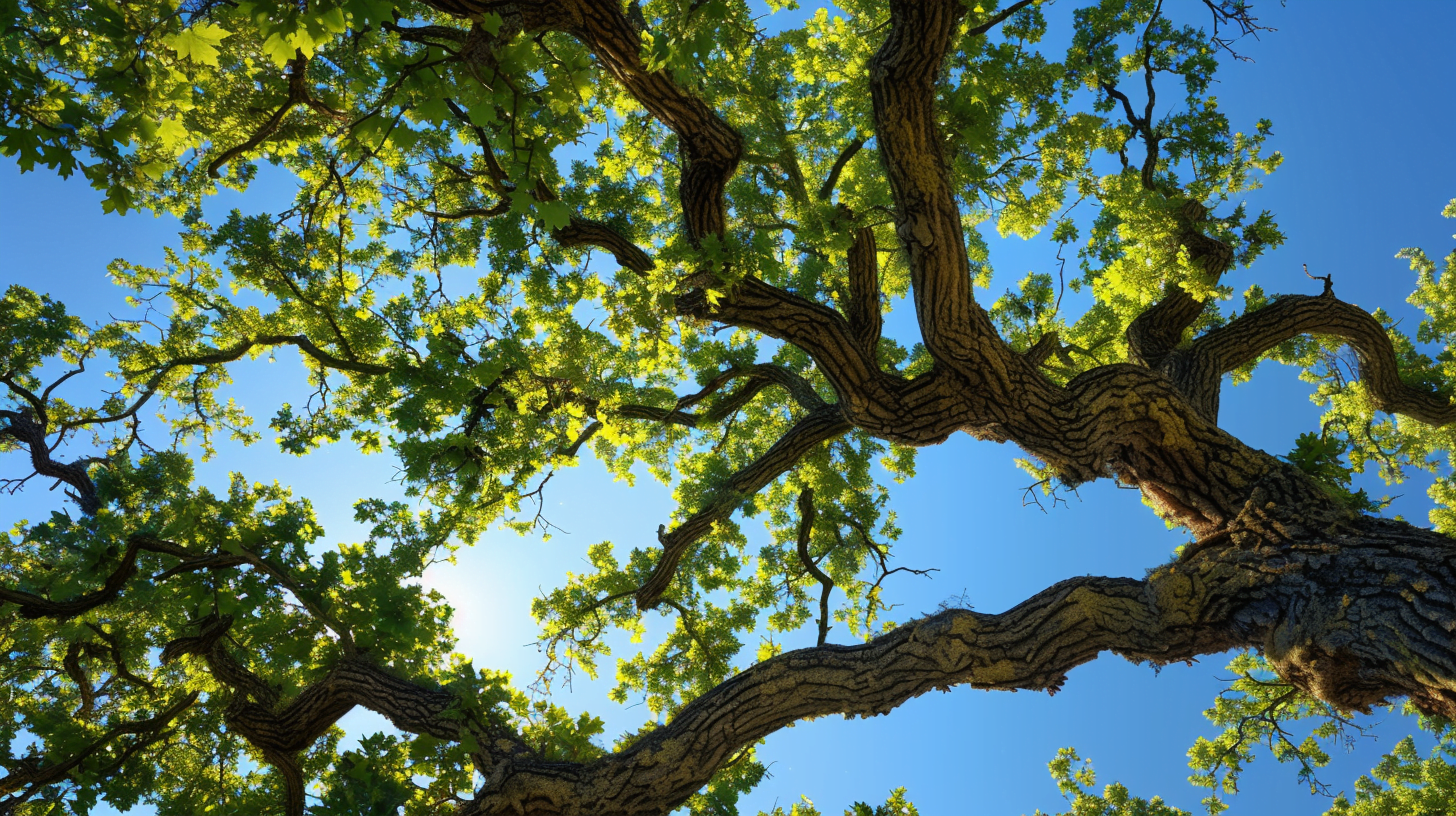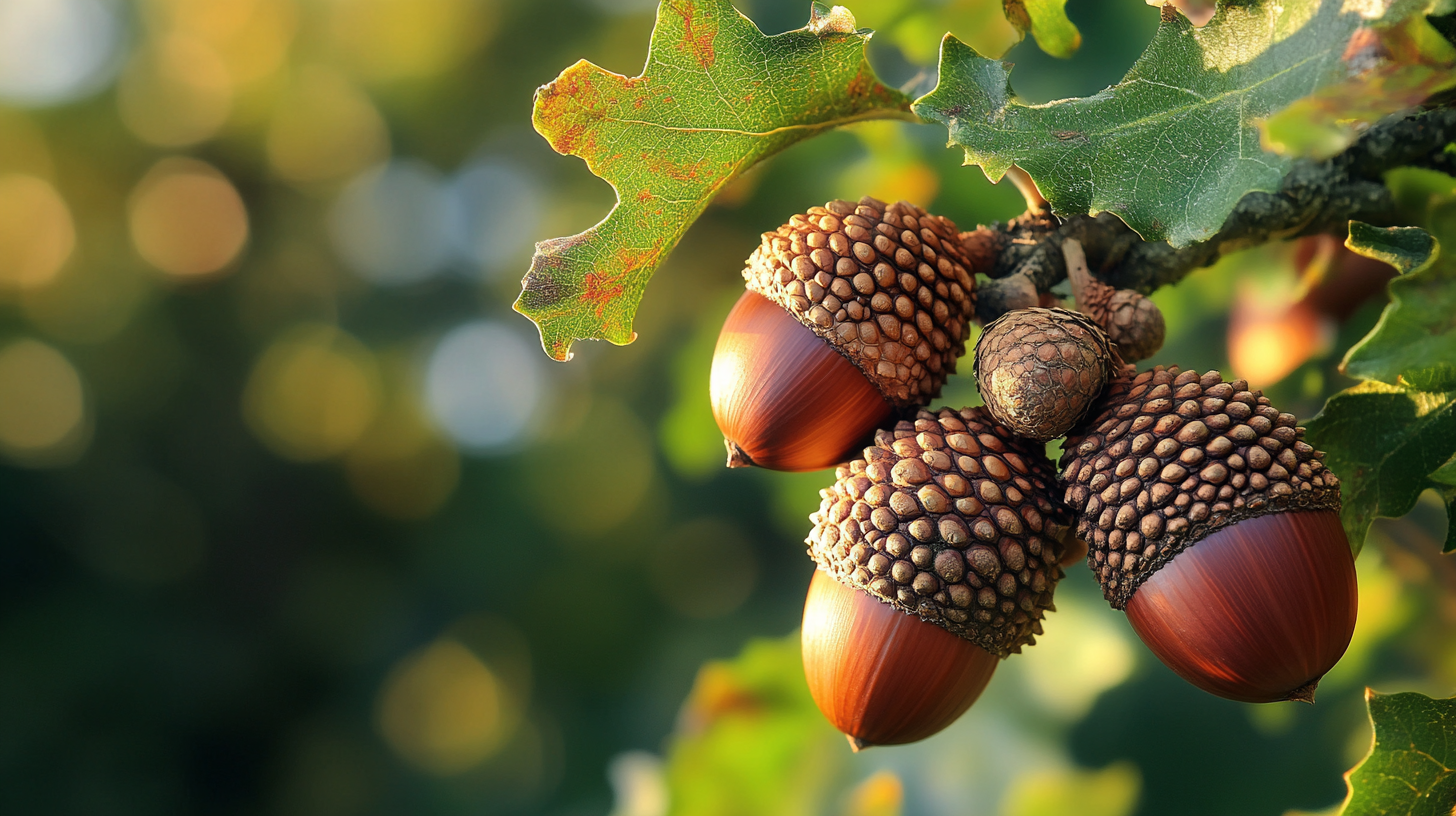Table of Contents
Oak trees are a staple of many landscapes, providing shade, beauty, and a sense of permanence. However, as they grow, they can sometimes become too large for their surroundings, leading homeowners and landscapers to consider tree topping as a solution. But can oak trees be topped, and is it a good idea? In this article, we’ll delve into the world of tree topping, exploring the risks and consequences of this practice, as well as alternatives and best practices for managing oak tree size.
What is Tree Topping?
Tree topping, also known as heading, is a pruning technique that involves cutting back the top of a tree to reduce its height. This can be done for a variety of reasons, including:
- Reducing size: Topping can make a tree appear smaller and more manageable, especially in urban or suburban areas where space is limited.
- Improving appearance: By cutting back the top of a tree, landscapers can create a more uniform or symmetrical shape, which can be aesthetically pleasing.
- Increasing sunlight: Topping can allow more sunlight to reach the ground or surrounding plants, which can be beneficial for gardens or lawns.
However, while tree topping may seem like a quick fix, it’s not always the best solution for oak trees.
Why You Shouldn’t Top an Oak Tree
Topping an oak tree can have serious and long-term consequences for its health. Here are just a few reasons why:
Physical Damage
Topping can cause physical damage to the tree, including:
- Stress: Cutting back the top of a tree can cause significant stress, which can lead to disease or pest issues.
- Decay: Open wounds created by topping can provide an entry point for decay fungi, which can spread throughout the tree.
- Insect infestation: Topping can attract insects that are drawn to the fresh wounds, leading to further damage.
Reduced Lifespan and Increased Maintenance
Topping can also reduce the lifespan of an oak tree and increase maintenance costs over time. This is because:
- Reduced photosynthesis: By cutting back the top of a tree, you’re reducing its ability to photosynthesize, which can lead to a decline in overall health.
- Increased risk of failure: Topped trees are more prone to branch failure, which can lead to costly repairs or even tree removal.
Aesthetic Consequences
Finally, topping an oak tree can have aesthetic consequences, including:
- Unnatural appearance: Topped trees often have an unnatural, stunted appearance that can detract from their beauty.
- Reduced property value: A topped tree can reduce the value of a property, especially if it’s a prominent feature of the landscape.
Alternatives to Topping an Oak Tree
So, what can you do instead of topping an oak tree? Here are a few alternatives:
Pruning and Thinning
Pruning and thinning are techniques that involve selectively removing branches to improve the overall health and appearance of a tree. These methods can:
- Improve air circulation: By removing select branches, you can improve air circulation and reduce the risk of disease.
- Increase sunlight penetration: Thinning can allow more sunlight to reach the ground or surrounding plants.
- Enhance appearance: Pruning and thinning can create a more natural, balanced shape that enhances the beauty of the tree.
Crown Reduction
Crown reduction is a more targeted approach that involves reducing the size of the tree’s canopy while maintaining its natural shape. This can be a better alternative to topping, as it:
- Preserves the tree’s natural shape: Crown reduction can reduce the size of the tree without altering its natural shape or appearance.
- Minimizes stress: By making targeted cuts, you can minimize the stress caused by pruning.

When Topping an Oak Tree Might Be Necessary
While topping is generally not recommended, there may be exceptional circumstances where it’s necessary. These include:
- Emergency storm damage: If a tree is severely damaged in a storm, topping may be necessary to prevent further damage or hazard.
- Severe disease or pest infestation: In some cases, topping may be necessary to remove diseased or infested branches and prevent the spread of disease.
How to Care for an Oak Tree After Topping
If topping is unavoidable, it’s essential to provide proper care to help the tree recover. This includes:
- Wound dressing: Applying a wound dressing to the cut area can help prevent decay and insect infestation.
- Pruning: Regular pruning can help the tree recover from the stress of topping.
- Fertilization: Fertilizing the tree can provide essential nutrients to support its recovery.
Conclusion
Can oak trees be topped? While it’s technically possible, it’s not always the best solution. Topping can cause physical damage, reduce the lifespan of the tree, and have aesthetic consequences. Instead, consider alternatives like pruning, thinning, and crown reduction, which can improve the health and appearance of your oak tree without causing harm. By taking a responsible and informed approach to tree care, you can enjoy the beauty and benefits of your oak tree for years to come.




